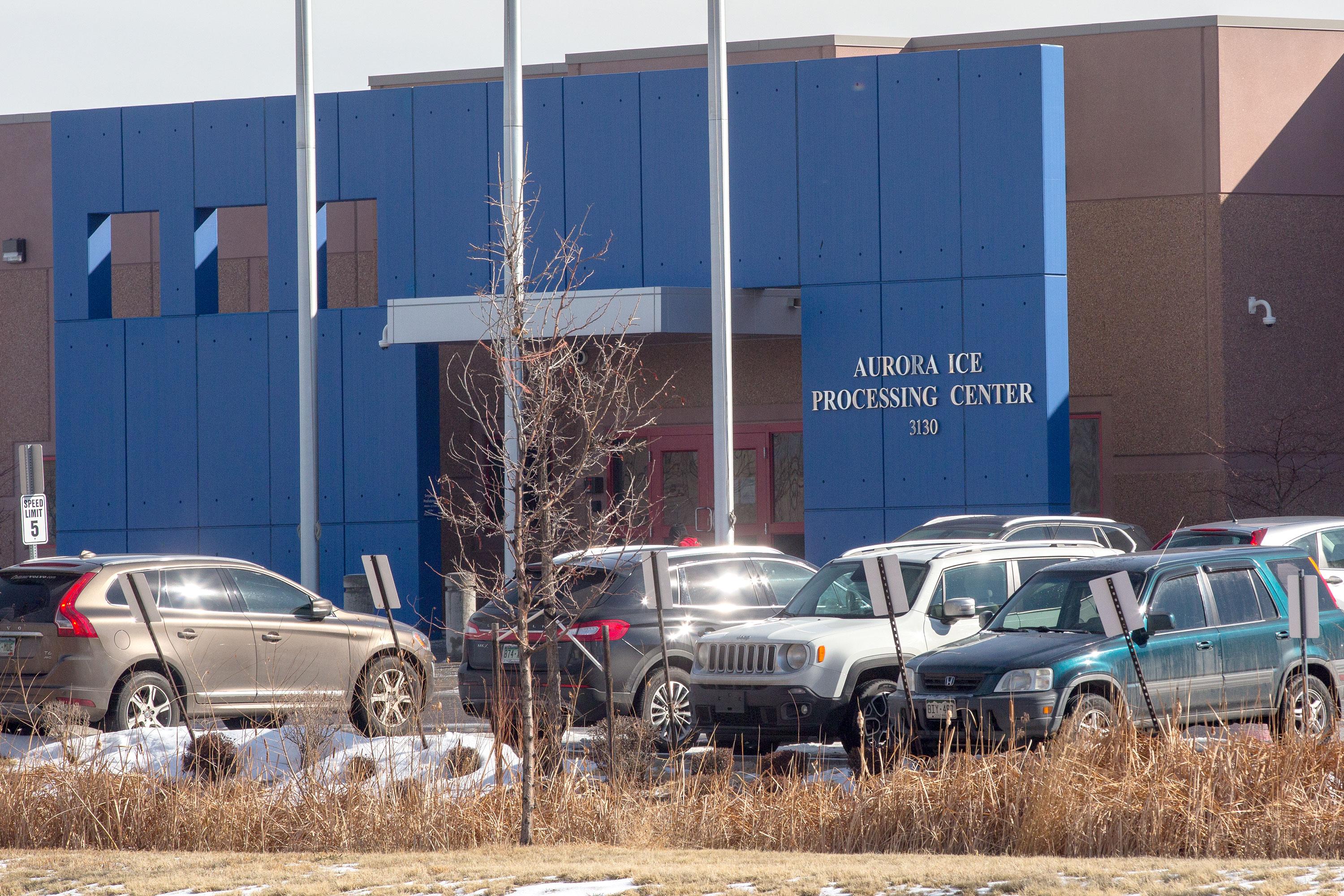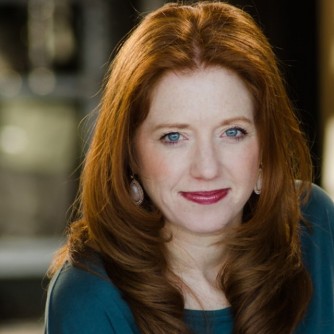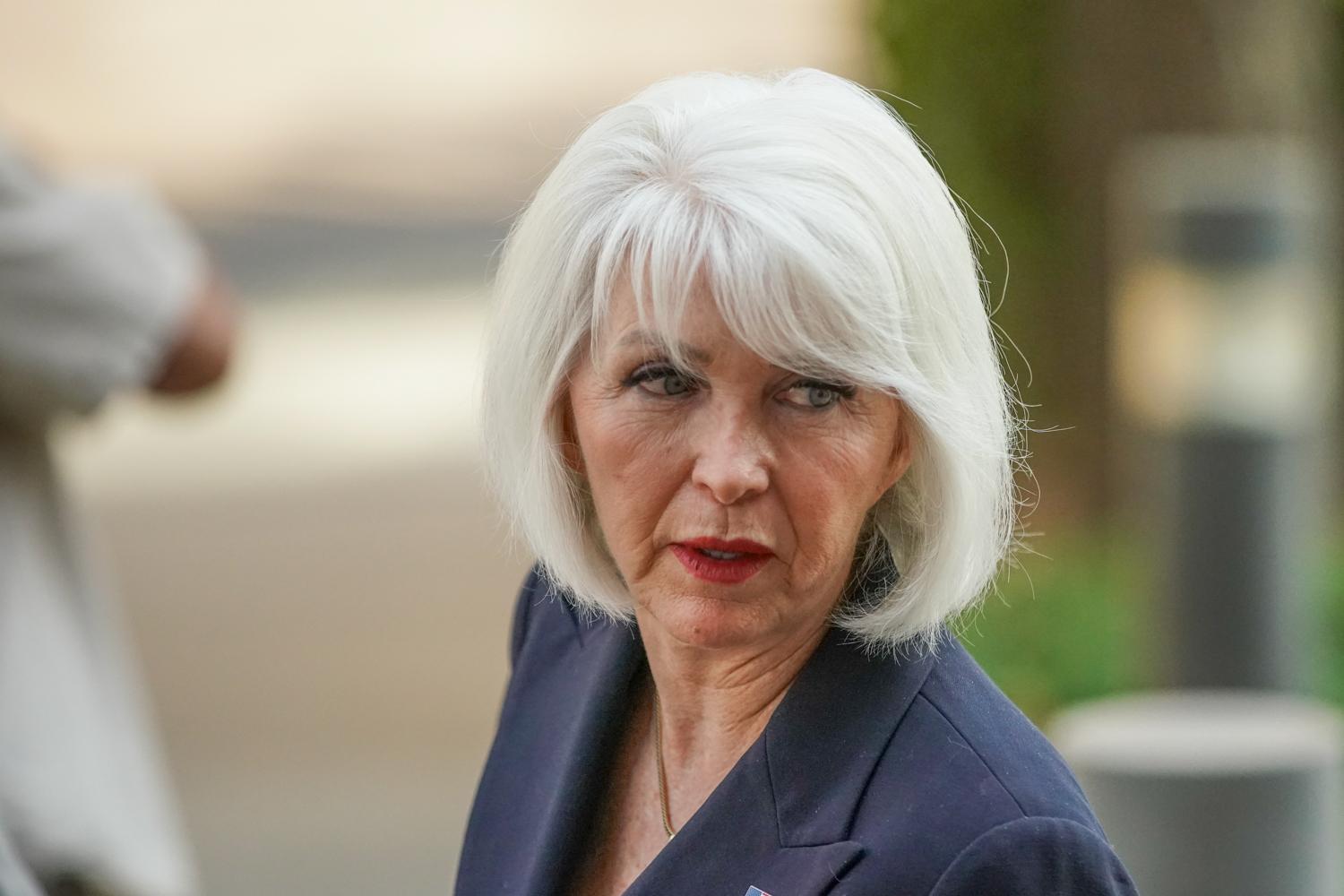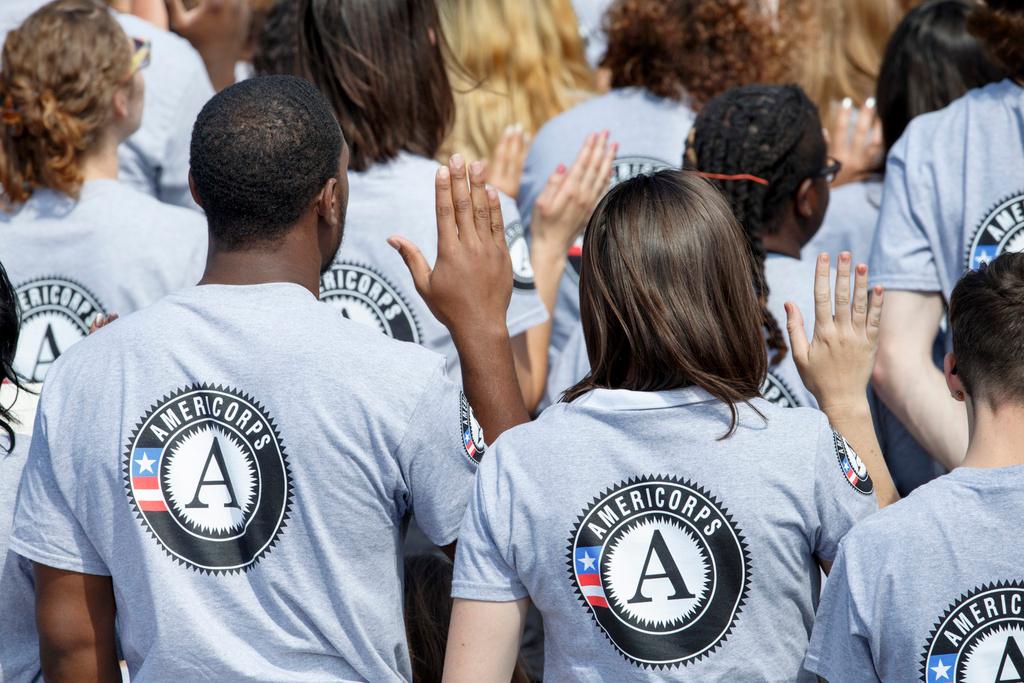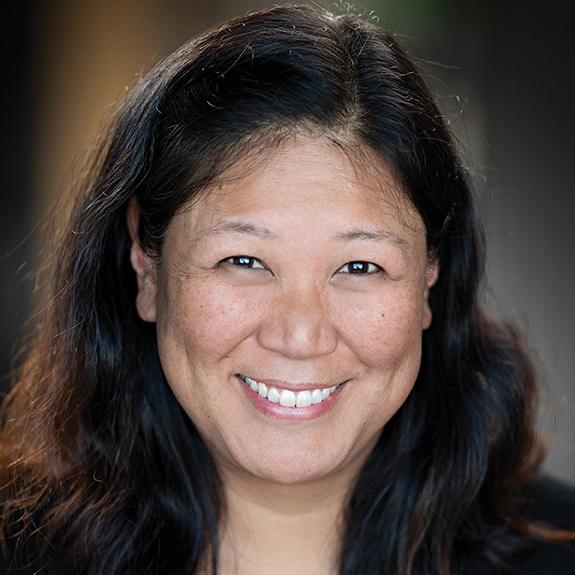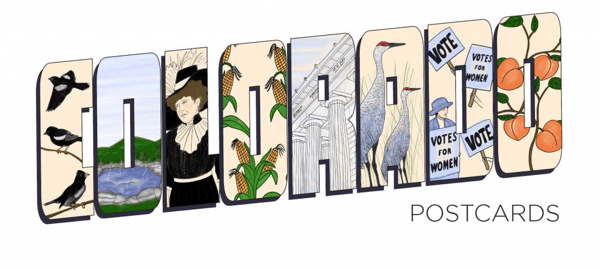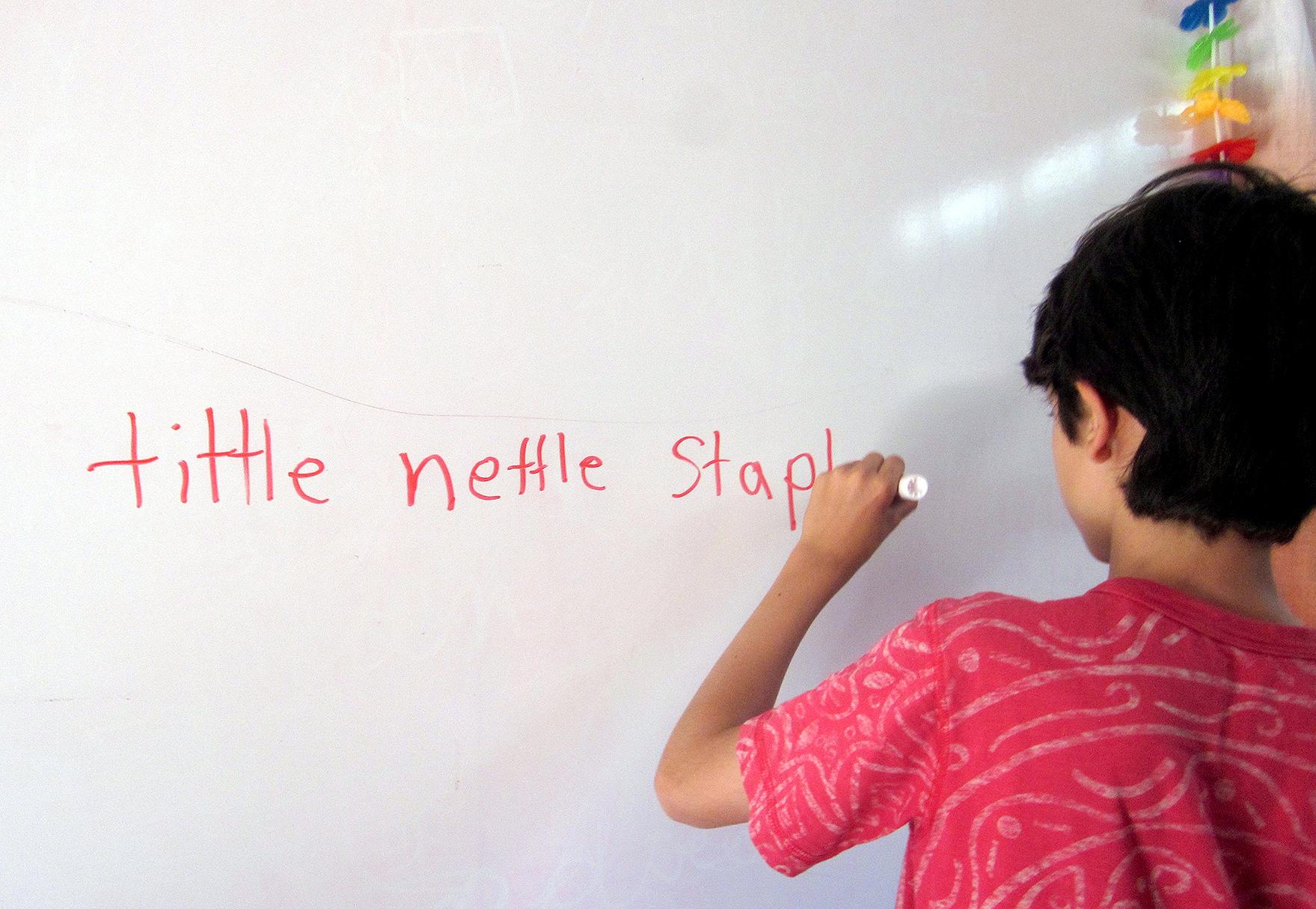
Editor's Note: This story contains mention of self-harm. If you or someone you know is considering suicide or other acts of self-harm, please contact Colorado Crisis Services by calling 1-844-493-8255 or texting “TALK” to 38255 for free, confidential, and immediate support.
For six years, Colorado parents of children with dyslexia have pleaded with state lawmakers to pass a bill that would require public schools to screen early elementary students for dyslexia.
For six years, they told lawmakers stories of their children, unable to read, riddled with anxiety, losing interest in school, their self-confidence plummeting, some turning to self-harm or even suicide. Every year parents lost the battle with lawmakers who said it wasn’t the right time or there wasn’t the money.
And for four hours Monday, they waited for the Senate Education committee to start its delayed hearing. They told their stories again — and this year just after 8 p.m. — they got a unanimous thumbs up. Senate Bill 25-200 cleared its first legislative hurdle.
“We've missed out for six years,” said bill sponsor Sen. Chris Kolker. “To hear that 43 states have a universal dyslexia screener, and we don't ... I'm sick and tired of being in the bottom 10 in this country in funding education and supporting our students. We have to make a change, and this is one of those places that we can start.”
Experts say if children are identified early in school, they can be taught to read, which ultimately costs much less than special education plans. Colorado is one of seven states that doesn’t mandate screening for dyslexia.
Dyslexia is the most prevalent learning disability with an estimated 250,000 students with the condition in kindergarten through third grade in Colorado. That figure uses a conservative estimate of 12 percent occurrence, but many studies put the estimate at one in five children. Though words look like a jumble of letters, dyslexia is not a visual problem. Children with dyslexia struggle with decoding and interpreting written words. Writing can also be a struggle, known as dysgraphia.
What the bill would require
Under the bill, school districts must either develop their own process for identifying early elementary school students with dyslexia or implement a universal dyslexia screener that meets the criteria of interim assessments that reliably identify students at risk for dyslexia by the 2026-27 school year. Students would be screened beginning in kindergarten through third grade.
Currently, most school district reading assessments don’t adequately screen for dyslexia and thousands of students are missed.
“I thought I was stupid”
Some of the students who eventually got help testified in support of the bill. Kaden Forsha, 15, remembers struggling as a young boy.
“I thought I was stupid because I just wasn't keeping up with the rest of my class, and it really brought down my confidence,” he said.
Regular tutoring didn’t help. His family stumbled into learning about Orton Gillingham-based instruction, a method that uses multi-sensory phonics tutoring that has helped many children with dyslexia. After tutoring three to five times a week, Kaden went from the third percentile in reading to the 55th percentile.
Many children suffer silently, isolated, misunderstood. Audrey Drakos, who is now in college, didn’t get screened until she was 10 years old.
“If dyslexia screening had been in schools and I had known that I was dyslexic in kindergarten and had been taught to read with structured literacy instruction, I wouldn't have felt dumb most of my life,” she said in a statement read by her sister. “I wouldn't have struggled and fallen behind.”
If children don’t get help until the later elementary years, intervention can take four times longer.
Anxiety, frustration and mental health crises
Parents told stories of hundreds of children having panic attacks, hating school and spending frustrating hours with their parents trying to learn to read, not knowing they had dyslexia and could be helped with the right methods. One mother said it was her third grader’s babysitter, an MSU Denver undergrad studying dyslexia, who recognized her daughter was showing signs of dyslexia. The family was able to get outside testing for $2,000.
“Right now, dyslexia identification is a point of privilege, obtainable only for those with the perfect combination of time, knowledge, money, and access,” said Kristin Allan. “But what about all the other kids? This bill removes those barriers ... It moves us away from the wait-to-fail approach and towards one that gives every child equal access to literacy.”
Every year that passes without detection increases the emotional and behavioral turmoil children go through and the damage is harder to undo. Laura Mitchell said no educator or highly paid tutor noticed that her daughter was unable to read, which meant by fifth grade, her daughter struggled to write. It wasn’t until sixth grade that a friend of Mitchell’s said the word “dyslexia.”
Even now in college, her daughter recently experienced a mental health crisis because she said she can’t keep up with her peers.
“Could she keep up with her peers if her Colorado school system had detected and remediated her in grade K through 3?” Mitchell said. “What we know is that even as hard as she worked in intervention, she still needs extended time for testing, reading and studying. She will forever rely on audio for reliable decoding of materials and speech to text, and Grammarly will be necessary for spelling and writing.”
Mitchell often wonders if her daughter’s outcome would have been different if the state had mandated dyslexia screening when it passed its first bill encouraging the state department of education to provide training to educators on dyslexia in 2008.
“Enough is enough”
Rachel Arnold, president of the Rocky Mountain branch of the International Dyslexia Association, cited statistics from the National Center on Education, Disability and Juvenile Justice showing that two-thirds of students not reading on grade level may end up on welfare or in prison.
“With 85 percent of youth in the juvenile justice system functionally illiterate, and 70 percent of adult inmates reading below the fourth-grade level, every child we help to read proficiently represents not just a life transformed, but potentially hundreds of thousands in taxpayer dollars saved.”
Some districts have worried about the burden of screening children. Michelle Qazi, director of literacy for the Boulder Valley School District, said they shouldn’t.
“Universal dyslexia screening has not been the huge lift that most school districts fear it will be,” she said. BVSD implemented universal screening in kindergarten in 2020.
She said screening didn’t increase the number of referrals to special education in the area of literacy but instead gave teachers the information they needed to identify the students who needed targeted instruction in reading and what specific skills they needed in order to teach struggling students. Quazi said the district’s data showed that before the universal screening, the district was missing as many as 59 percent of students who were at risk for dyslexia.
Wendy Strait, a high school counselor, said she’s seen a significant rise in the number of students diagnosed with dyslexia in high school. She recalls meeting a teen expelled from another district for misbehaving, smoking cannabis and getting in trouble. The girl’s new school discovered she likely has profound dyslexia.
“Enough is enough,” Strait said. “Let's do what is right and screen our kids. Every single kid is worth saving.”
Senate Bill 25-200 now goes to the Senate floor for further consideration.
If you need help, dial 988 to reach the Suicide and Crisis Lifeline. You can also reach the Colorado Crisis Services hotline at 1-844-493-8255 or text “TALK” to 38255 to speak with a trained counselor or professional. Counselors are also available at walk-in locations or online to chat.

